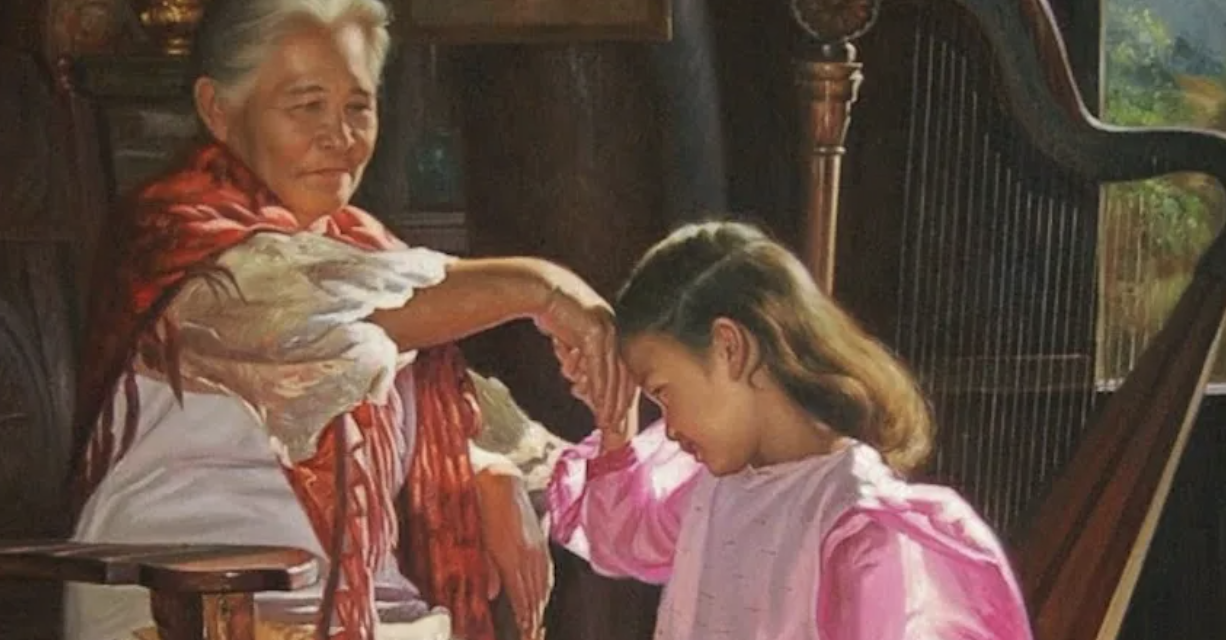The Historical Treasure Of “Mano Po”
The front door banged and the minute footsteps of a child echoing the living room. “Mano po,” said the 4-year-old grandchild to her smiling grandma when they arrived from a very hideous long trip to the province. How one greets is determined by the age and relationship of the people. When greeting strangers, a soft handshake accompanied by a smile is common among men. Among women, a smile and a hand wave is the usual greeting. Close friends and family may accompany a handshake with a pat on the back. Females may hug and kiss to greet each other.
The Historical Treasure Of “Mano Po” And Why We Do It
Typically, people greet each other by saying, ‘kumusta’ or ‘kumusta po kayo’ (‘how are you?’ in English). If the person you are greeting is older than you but within the same generation, it is expected that you will refer to that person as ‘Kuya’ for males and ‘Ate’ for females. If the person, however, is a couple of generations before you, there are greeted with the “Mano Po” gesture.
The Filipino traditional gesture used for greeting is known as ‘mano’, sometimes referred to as ‘bless’ in English. Mano is done as a show of reverence for the elders and as a way to acknowledge an elder’s blessing. Typically, it is performed for those who are two or more generations older. A nephew, for instance, performs the mano gesture to his uncle. The individual offering a mano will bend towards the hand offered and push their forehead on the hand, similar to kissing a hand. They will also ask the elder ‘mano po’ to ask permission to execute the gesture. It is done when an elder is visited or while entering a house or meeting. While the mano gesture is still commonly used, with the ‘beso-beso’ (a cheek to cheek kiss), some Filipinos have replaced the gesture.
For most Filipinos, a family is considered to be the cornerstone of social life. The nuclear family is the core family unit, but among extended family members, relationships are also close-knit. Indeed, individuals can be motivated to have a relationship that is just as good as the relationship with their parents with their aunts and uncles. To include distant relatives, near neighbors or acquaintances, near family ties also go beyond one’s hereditary links or bloodlines.
For instance, with familial words such as ‘tita’ (aunt), ‘tito’ (uncle), ‘lola’ (grandmother), and ‘lolo’ (grandfather), it is normal to hear people refer to distant relatives or non-relatives that way. One example is when a grandchild refers to Lola or Lolo to their friend’s grandparents.
The Veneration To Elders In Southeast Asia
In the Philippines, as in other Southeast Asian countries, paying respect to older people is a tradition passed from generation to generation. However, no other cultures in Asia, in Europe, or even in America, perform such a gesture of giving a sign of respect by using mano. The word “mano” is Spanish for hand, while the word “po” is often used at the end of each sentence as a sign of respect when addressing an older person in Filipino culture and language.
Geographically situated in Southeast Asia, the Philippines was colonized by the Spanish for nearly 400 years. Both Eastern and Western customs and practices have profoundly influenced Filipino culture. Filipinos are taught to honor the elders from their childhood, not only within the family but also those in the group, whether they are strangers or relatives. We, Filipinos, believe that not only through their age but through their acquired wisdom and experience, the elders have earned the admiration of the younger generations. The tradition of mano dates to pre-colonial times, and in countries such as Indonesia and Malaysia, it is still practiced.
Christmas Season And Beyond
Christmas is the season for “mano po,” (literally, “your hand, please”). When children go to the annual ritual of visiting their “ninong” and “ninang” (godfather and godmother) to ask for their blessing, but also to ask for an “aguinaldo” or Christmas gift, typically given in the form of money. Therefore, the joke “money po” would be the more appropriate salutation for the occasion, as we say. Beyond Christmas, on leaving or coming home, or seeing them after any absence, we even do it with our elders.
At the end of a Mass or family prayer, Catholics do it, and it is especially done as a show of reverence and subservience to a priest or bishop. It is not just children or young people who do it, as an elder or person to whom it is due reverence, whether older or younger than us, is considered worthy of the gesture.
The “Mano Po” is still used by individuals to show homage to the elderly. It’s not that widespread anymore, though. It truly depends on how the children are educated. If parents teach their kids how to do the mano since they were one year old, as they grow older, they will certainly know this sign of respect and believe in it and practice it everywhere they go.


